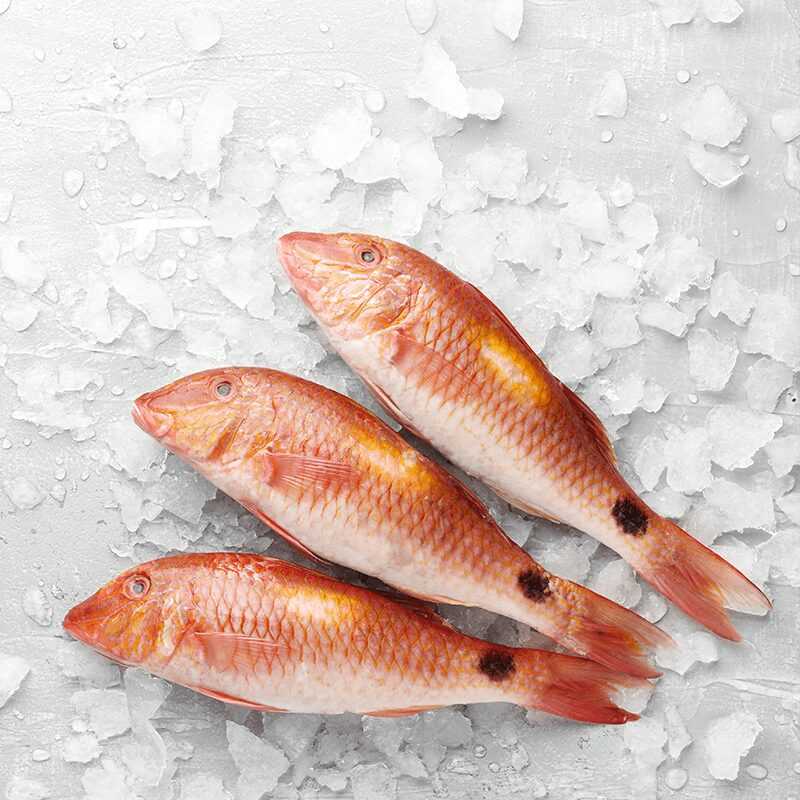Benefits of mullet, and information on the nutritional properties provided by a semi-fat fish that can be rock or mud.

Although its name may be very reminiscent of salmon, the truth is that the mullet originally has little to do with it. It is a fish that belongs to the Multiday family(Peciformes). There are two easily identifiable species: the rock mullet or Mullus surmuletus, and the mud mullet or Mullus barbatus.
The mullet lives mainly in the waters of the Atlantic Ocean and the Mediterranean Sea. As their names indicate, while the rock mullet is found in rock bottoms at a depth of more than 100 meters, the mud mullet is found mainly in mud and sand bottoms.
Regarding its best months of the season, the months of October, November and December stand out above all, although it is also possible to find it practically all year round in fishmongers and markets.
Nutritional properties of mullet:
The mullet is a semi – fat fish, which means that at certain times of the year its fat content makes it an oily fish, while at other times is a white fish.
In fact, as a general rule we are more in front of a white fish rather than blue, since its fat content is actually very low: 100 grams of mullet provide only 3.5 grams of fat and almost 90 calories. Of these fats we can highlight the presence of monounsaturated and polyunsaturated fats.
Regarding its nutritional richness, we find an interesting amount of proteins of high biological value, which means that it provides the majority of essential amino acids. It also provides vitamins (especially group B, such as B1, B2 and B3) and minerals (such as iron, phosphorus, magnesium, iodine and potassium).
Mullet benefits:
Although we are rather faced with a semi-fat fish -more than a white or lean fish in itself- the truth is that its fat content is so low that it becomes an ideal food in balanced diets, as well as in low-fat diets and hypocaloric who seek the goal of losing weight and losing weight. Due to their nutritional richness, they are precisely a very good option in the diet of the little ones.
From its vitamin content we can highlight above all the benefits that the following provide us:
- Vitamin B1: essential for mental activity and for the proper functioning of the nervous system. It helps in case of memory and concentration loss, and is essential in the digestion of carbohydrates and growth.
- Vitamin B2: essential for the health of the skin and mucous membranes, it intervenes in the different enzymatic processes.
- Vitamin B3: essential in taking advantage of the energy provided by proteins, carbohydrates and fats (macronutrients). Participates in the synthesis of glycogen and in the production of sex hormones.
Regarding its high mineral content, we can highlight:
- Iron: necessary for the formation of hemoglobin, prevents iron deficiency anemia.
- Phosphorus: it participates in the processes of obtaining energy, it is present above all in teeth and bones.
- Magnesium: helps to improve the natural immunity of our body, it is useful for the muscles, intestines and nerves.
- Potassium: it is necessary for the nervous system and muscular activity.































